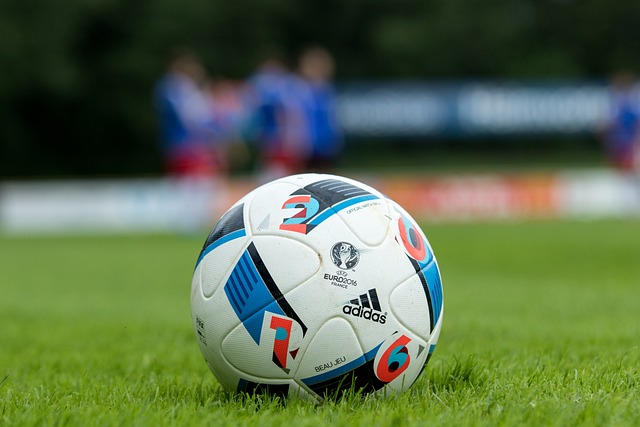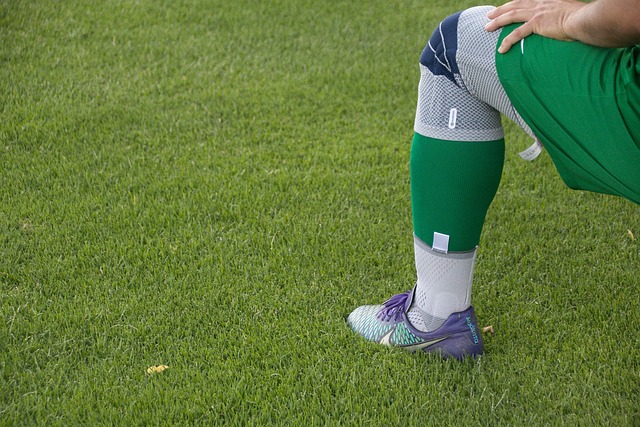The scouting process in NCAA soccer leagues is a strategic, multi-faceted approach that starts years before signing day. Coaches and recruiters observe and evaluate high school players through tournaments, matches, and showcases, focusing on skill, potential, attitude, and team fit. This meticulous process, aided by advanced analytics and technology like GPS tracking and wearable sensors, ensures NCAA soccer leagues recruit exceptional athletes who embody their program's values. Building a robust scouting network, with standardized protocols and collaborative efforts, minimizes bias and enhances the effectiveness of recruitment for top talent in NCAA soccer leagues.
“Uncover the secrets behind the scouting process in NCAA soccer, where league success hinges on identifying hidden gems. This comprehensive guide explores the intricate web of talent evaluation, from coaches’ strategic insights to cutting-edge data analysis tools. Learn how modern technology is reshaping player discovery, enhancing performance through informed decisions. Discover best practices for building an elite scouting network, fostering collaboration among NCAA soccer leagues and ensuring a competitive edge.”
- Understanding the Scouting Process: How NCAA Soccer Leagues Identify Talent
- The Role of Coaches and Scouters in Player Evaluation
- Modern Technology and Data Analysis: Enhancing Scouting in NCAA Soccer
- Building a Strong Scouting Network: Collaboration and Best Practices
Understanding the Scouting Process: How NCAA Soccer Leagues Identify Talent

The scouting process in NCAA soccer leagues is a meticulous and strategic approach to identifying and recruiting top young talent for college teams. It involves extensive research, observation, and evaluation by coaches and recruiters across the country. This process begins long before signing day, as scouts continuously monitor high school players through various tournaments, matches, and showcases.
Scouts look for not just skill but also potential, attitude, and team fit. They assess technical skills like dribbling, passing, and shooting, as well as tactical awareness, fitness levels, and leadership qualities. By participating in this detailed evaluation process, NCAA soccer leagues ensure they are securing not only exceptional athletes but also individuals who align with the values and culture of their programs.
The Role of Coaches and Scouters in Player Evaluation

In the competitive landscape of NCAA soccer leagues, the scouting process is a meticulous art, relying heavily on coaches and scouter’s keen eyes to unearth hidden gems. These professionals serve as the first line of talent identification, meticulously evaluating players during practices, friendlies, and matches. Their role transcends mere observation; they must possess an extensive knowledge of the game to analyze technical skills, tactical awareness, and potential for growth.
Coaching staff and scouter collaboration is vital, ensuring a holistic player assessment. Coaches, with their strategic minds, offer insights into positional requirements and team dynamics, while scouters provide raw data on individual performances. This symbiotic relationship facilitates informed decisions, allowing the Ducks soccer program to recruit athletes who not only meet current standards but also have the potential to contribute significantly in the competitive NCAA soccer environment.
Modern Technology and Data Analysis: Enhancing Scouting in NCAA Soccer

In the fast-paced world of sports, modern technology and data analysis have become indispensable tools for scouting and recruiting in NCAA soccer leagues. Advanced analytics platforms allow scouts to meticulously track player performances, providing insights that traditional methods might miss. By analyzing statistics such as speed, agility, passing accuracy, and shooting percentage, teams can make more informed decisions about potential recruits.
This digital transformation has revolutionized the scouting process, enabling coaches and recruiters to identify top talent across vast datasets. High-tech equipment, like GPS tracking devices and wearable sensors, captures player metrics in real time, offering a comprehensive view of their skills and abilities on and off the field. Consequently, these technological advancements have elevated the overall efficiency and effectiveness of NCAA soccer recruitment.
Building a Strong Scouting Network: Collaboration and Best Practices

Building a robust scouting network is pivotal in the competitive landscape of NCAA soccer leagues. This involves fostering collaboration among scouts, coaches, and club personnel to share insights and best practices. Effective communication channels, such as dedicated messaging platforms or regular meetings, ensure consistent information flow. By pooling their knowledge, they can identify top talent across various regions, minimizing the risk of overlooking promising players.
Adopting standardized scouting protocols enhances the overall quality of assessments. This includes using uniform evaluation criteria and performance metrics to provide an objective comparison between players. Collaborative efforts also facilitate cross-verification of player capabilities, reducing biases and ensuring a more comprehensive analysis of potential recruits.






